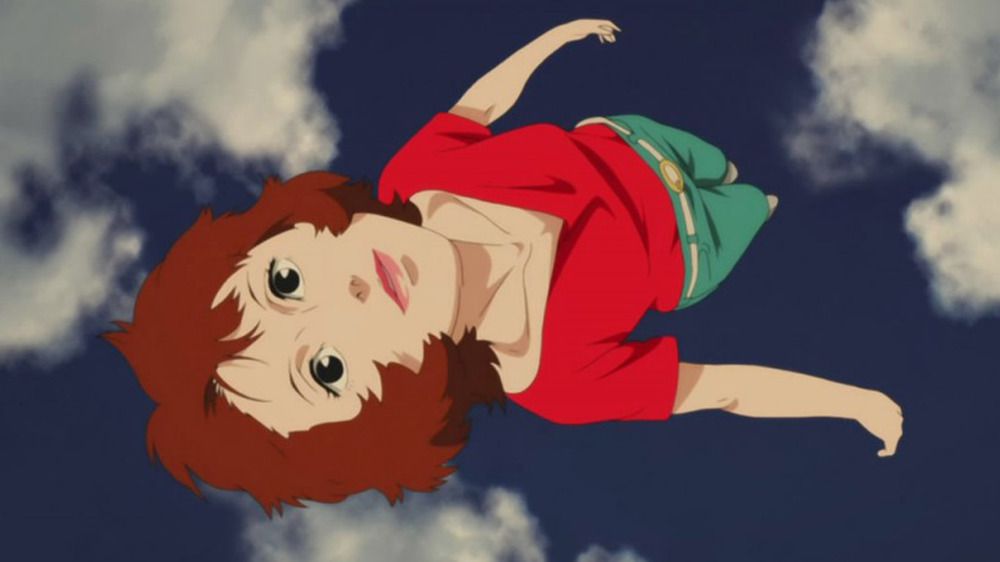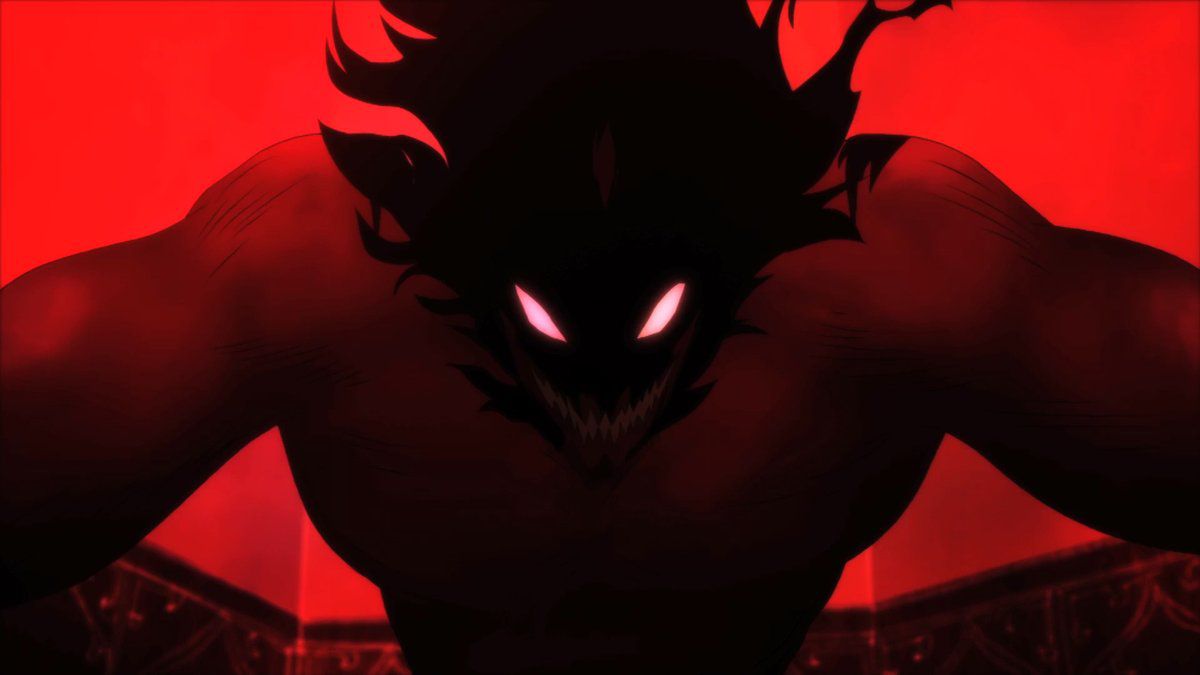Like Scavengers Reign? Here are some of the show’s influences to explore
Scavengers rule is an animated science fiction show like no other. Where so many sci-fi shows get into characters through bits and multiversal gags, Scavengers rule moves with gradual ferocity, constantly pulling back to remind us that these characters are just a tiny speck in the wider, strange world of Vesta – a peculiar world in which they are decidedly trapped. The flora and fauna of the alien planet are immediately indifferent to their presence and a constant threat, always oppressing and lapping and growing around them with untamed abandon.
That neat and terrifying world, for all its distinctiveness, evokes other works. As co-creator Joe Bennett tells Polygon, the goal was always not to reflect those influences so much as to let them inform something strange and new. “(They) were almost unconscious,” says Bennett. “You’re going to be affected by it anyway, so we’re trying to make a conscious effort to (break up) – we’ve been drawing like this all our lives.”
Still, the names he mentions are a great place to go if you’re excited for a second season Scavengers rule and itching for more like this. Here are some other works that Bennett says provided some material for the look and feel of Scavengers rule.
Hayao Miyazaki
Image: Studio Ghibli/GKIDS
It’s no surprise that the GOAT, Hayao Miyazaki, is someone who Bennett believes is the vibe of Scavengers rule. The anime legend has long woven themes of environmentalism into his work and, like some aliens on Vesta, isn’t always so fond of humanity. Miyazaki’s landscapes provide the backdrop to his stories – moving and breathing with a heartbeat of their own, bursting with vibrant colors and whimsical details – and seem completely in keeping with the feel of the series.
Yet it is the way Scavengers rule challenges us to rethink our relationship with nature as something beyond friend-or-adversary and seems most relevant to Miyazaki’s influence on the show. Movies like Nausicaä or Princess Mononoke encourage the same impulse Scavengers does, asking the viewer to understand themselves as just a small part of the larger ecosystem around them. —Zosha Millman
Mœbius

Photo: Herve Bruhat/Gamma-Rapho via Getty Images
The works of French comic artist Jean Giraud are imaginative and expansive, and often surreal. Like it Scavengers rule, its fantastical worlds balance between high levels of meticulous detail and gloriously expansive large images. If you’re not familiar with his comic work, like Blueberry, Mœbius, or Arzach – you may have come across his work in other ways: he contributed storyboards and concept designs for films like Alien, TronAnd The fifth element. Meanwhile, Ridley Scott credited him as a major influence on the appearance of Blade Runnerwhile Miyazaki (a close friend of Giraud) was sad that he came across Azrach having already developed his own style, he was unable to use Giraud’s influence to further enrich his work. (Still, he adds: “Even today I think it has a great sense of space. I directed Nausicaä under Mœbius’ influence.”) –HM
Satoshi Kon

Image: Madhouse
The late king of anime psychological thrillers, Kon’s small but hugely influential oeuvre is a cornerstone for artists seeking to combine the virtually limitless potential of animation with terrifyingly real and human thematic weight. While all of his works are worth exploring (or revisiting!), it’s the two that are the most relevant Scavengers rule Are Bell peppera bright and colorful work about the hunt for a dream terrorist who invades people’s subconscious while they sleep, and his only TV series, Paranoia agent, which follows the memetic horror that arises from a single act of violence. Both like Scavengers, are thoughtful explorations of what happens when delicate ecosystems are compromised by human impulses, and the ways in which we consistently distort the world around us into a grotesque reflection of ourselves. —Joshua Rivera
Masaaki Yuasa

Image: Netflix
While Masaaki Yuasa’s vast and varied work in film and television is as rich and full of ideas as others on this list, you’ll see most of his influence in the boundless approach to imagining how the world of Vesta looks like. Scavengers rule certainly has more regulations it persists, but it shares a spirit of wild whimsy, where each new creation is a misunderstood friend or the most horrifying thing you’ve ever met. Those who want to dive in have two paths: those who have the visual appeal Scavengers rule should check out his early series Kaiba or The Tatami Galaxy, as well as his feature film debut, Thinking game. However, if you want more of the more gripping emotional beats and memorable animated violence, give it a try Devil man cry baby (possibly the most devastating show you can watch) or the bleak Japan is sinking: 2020. —JR
René Laloux
Fantastic planet is the kind of film that imprints itself on everyone who watches it. René Laloux’s cult hit magnum opus remains a touchpoint for fans of weird and wonderful science fiction, introducing viewers to the strange planet Ygam and barely bothering to explain anything about it. You can see it reflected Scavengers rule‘s fixation on portraying Vesta’s food chain, and the characters’ terrible unfamiliarity with it. Both play into one of the genre’s brightest appeals: the awful but enlightening feeling that comes with contemplating your smallness in the universe, and the hubris of thinking that any of it should make sense to you. —JR
Primitive technology
Not all of the inspirations Bennett cites are animated. What he calls a “huge” influence actually came from the YouTube channel Primitive technology, where John Plant builds tools and structures entirely from materials found in the wild. (Plant has indicated that it is a hobby, as he lives in a modern house in Queensland and eats modern food.) The procedural and ASMR nature of the channel appealed most to Bennett.
‘You see every process he goes through, until, for example, he likes to build a hut, and then he gets to the point where he makes the house, he makes tiles. And so he takes the mud and shapes the mud. He has to build the mold, so that’s like taking a piece of bamboo and opening it up, and he makes the wet mud. But then he says: I have to burn it. I’m going to make an oven for it,” says Barnett. “The process is crazy. By the time you’re done watching, it’s so satisfying; it feels really great.
‘And you only hear the sound of nature. There are no added ingredients. It’s just so stripped down and basic.” —HM
